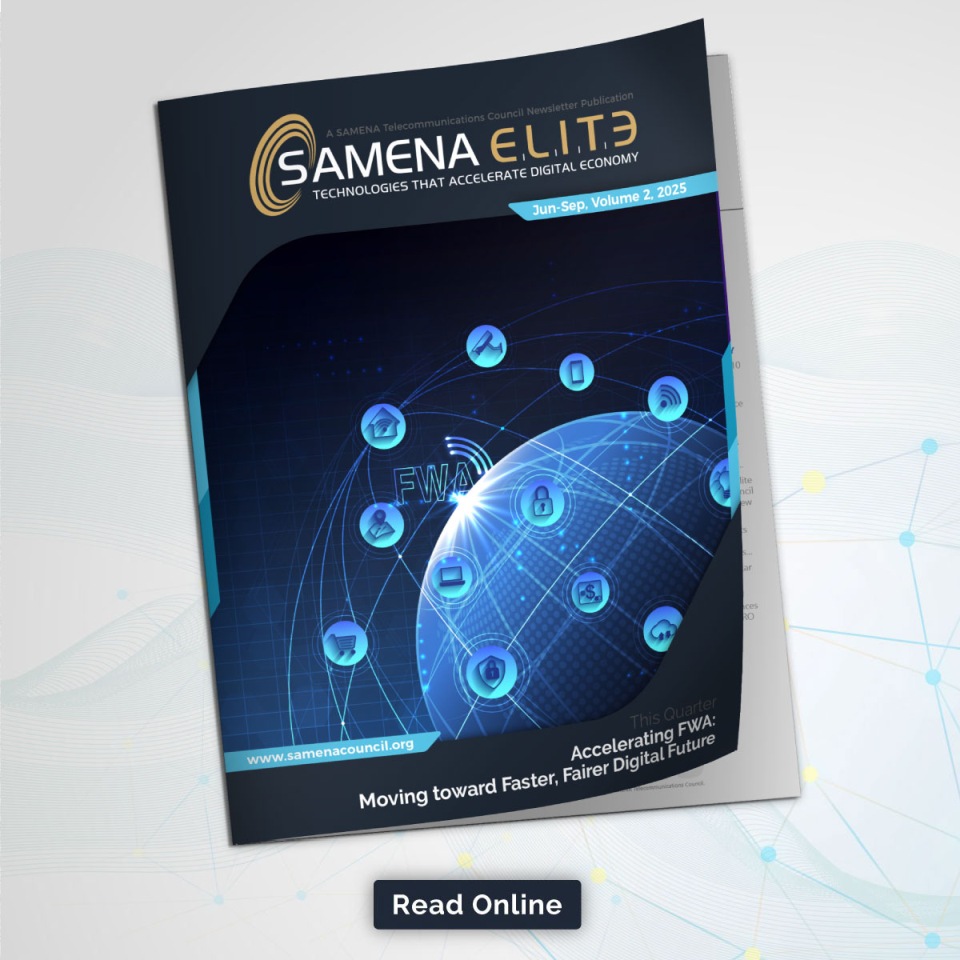Industry Thought Leadership
The Importance of FAR Reconciliation in the 5G Era: Challenges and Benefits of a Standardized Process for CSPs
April, 2024As the telecommunications industry enters the 5G era, Communication Service Providers (CSPs) face new challenges in asset management, billing accuracy, and revenue collection. The rollout of 5G networks requires significant investments in new infrastructure and technologies, such as small cells, edge computing, and network slicing. Effective management of these fixed assets is critical for CSPs to achieve a positive return on investment. Fixed assets, such as network infrastructure, are the foundation of telecom services and are critical to achieving a positive return on investment (ROI). However, maintaining accurate records of fixed assets can be challenging, especially for telecom operators that have grown through mergers and acquisitions. Inaccurate fixed asset records can lead to financial losses, reduced revenue collection, and operational inefficiencies. In this article, we explore the challenges of Fixed Asset Registry (FAR) reconciliation in the telecom industry and why it is becoming more critical in the 5G era. In this point of view, we will discuss why Fixed Asset Registry (FAR) reconciliation is essential for CSPs in the 5G era and the role of Network Asset Management solutions in this process.
Why FAR is becoming more important as we enter the 5G world
As we enter the 5G world, the importance of FAR Introduction reconciliation is increasing exponentially. According to a recent survey by the TM Forum, 71% of CSPs cited asset management as a top priority in the transition to 5G networks. Accurate tracking and management of fixed assets can only be achieved through effective FAR reconciliation. FAR reconciliation is the process of ensuring that fixed asset records accurately reflect the actual physical assets in a telecom operator's network. FAR reconciliation is critical to achieving accurate asset management, which, in turn, is essential for achieving a positive ROI. With the move to 5G networks, FAR reconciliation becomes even more critical because 5G networks are more complex and require a more extensive network infrastructure.
Inaccurate data can lead to inaccurate billing, revenue leakage, and underutilization of assets. The above survey also found that 50% of CSPs are currently experiencing revenue leakage due to poor asset management practices. At the same time, according to a study by Accenture, 60% of telecom operators expect 5G to drive up capital expenditures. Add to this the fact that 5G networks are more complex than previous generations, with more equipment, more data, and more stakeholders involved in the process. As a result, accurate and efficient FAR reconciliation is essential to avoid unnecessary equipment purchases and to minimize Capex inadequacies.
The Challenges CSPs face today in terms of FAR reconciliation:
Despite the importance of FAR reconciliation, Telecom operators face significant challenges in FAR reconciliation due to the complexity of their networks and the lack of standardization in the industry. Here are the five most common challenges:
- Inaccurate data: FAR reconciliation requires accurate data on the location, condition, and value of fixed assets. However, telecom operators often lack accurate data, which can lead to errors and inefficiencies in the reconciliation process.
- Inconsistent processes: The FAR reconciliation process can be inconsistent across different regions and departments within a telecom operator, leading to inconsistencies in the reconciliation results.
- Limited visibility - Lack of visibility between finance and technology teams can lead to inaccurate asset data and misaligned goals, resulting in financial losses. Telecom operators struggle to track and manage fixed assets, leading to over or underinvestment in certain areas of the network. Accenture's study found that 61-65% of CSPs face these challenges.
- Manual processes: Many telecom operators still rely on manual processes for FAR reconciliation, which can be time-consuming, error-prone, and costly.
- Lack of standardization: The telecom industry lacks standardization in FAR reconciliation, leading to inconsistencies in the reconciliation process across different operators.
Why a standardized process is mission critical to FAR
To address these challenges, CSPs must introduce a standardized process for FAR reconciliation. This process should define the roles and responsibilities of each team, as well as the guidelines for sharing data, maintaining records, and resolving discrepancies. Here are the three critical processes that need fixing before automating the process:
- Fixed Asset Registry (FAR): The FAR is a register of all fixed assets owned by a telecom operator. The FAR needs to be updated regularly to reflect the current status of fixed assets accurately.
- Material Master: The Item Master is a comprehensive list of all equipment, parts, and materials used in a telecom operator's network. The Item Master needs to be updated regularly to reflect changes in equipment and parts.
- Bill of Materials (BOM): The BOM is a list of all components required to build a specific network infrastructure or service. The BOM needs to be updated regularly to reflect changes in network infrastructure and services.
A standardized process can help to ensure accuracy, efficiency, and consistency across the organization, while also enabling greater visibility and collaboration between the finance and technology organizations. According to the TM Forum survey, 61% of CSPs plan to introduce a standardized process for asset management in the next 12-18 months.
In addition, a standardized process can help CSPs to optimize asset utilization, maximize ROI, and avoid financial losses due to inaccurate billing or revenue leakage. Without a standardized process for FAR reconciliation, CSPs will struggle to manage the complexity of 5G networks, leading to significant challenges in billing, revenue collection, and asset management.
Benefits of Adopting a Standardized Process
Implementing a standardized process for FAR reconciliation can have a significant positive impact on a CSP's operations. Here are some of the benefits of adopting such a process:
- Improved Accuracy: A standardized process ensures that all assets are recorded consistently and accurately, reducing the risk of errors and discrepancies. This can help CSPs avoid costly penalties and fines due to non-compliance
- Increased Visibility: A standardized process provides greater visibility into asset management, allowing CSPs to better track their fixed assets, identify redundancies and inefficiencies, and make more informed decisions about their network investments.
- Streamlined Operations: A standardized process can streamline operations by eliminating manual data entry, reducing the need for time-consuming and error-prone reconciliations, and freeing up staff time for more valuable activities.
- Cost Savings: By reducing errors, improving efficiency, and providing better visibility into fixed assets, a standardized process can help CSPs save money in the long run. It can also help them avoid the costs associated with non-compliance.
- Better Decision Making: Standardized processes enable CSPs to make better decisions on network investments by providing accurate and current fixed asset information. This optimizes network performance, enhances customer experience, and boosts competitiveness.
In conclusion, as CSPs transition to 5G networks, FAR reconciliation becomes more critical than ever before. Accurate tracking and management of fixed assets are essential to achieving a positive ROI, avoiding financial losses, and maximizing revenue collection. However, CSPs face significant challenges in FAR reconciliation, such as inaccurate data, inconsistent processes, limited visibility, manual processes, and lack of standardization. To overcome these challenges, CSPs must introduce a standardized process for FAR reconciliation and invest in Network Asset Management solutions. With a standardized process and Network Asset Management solutions, CSPs can optimize asset utilization, reduce financial losses, and ensure accuracy, efficiency, and consistency in their asset management practices.

